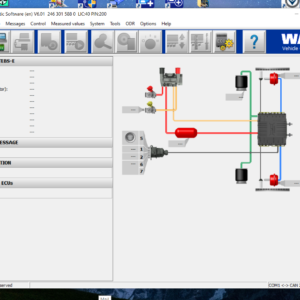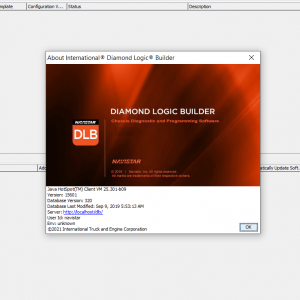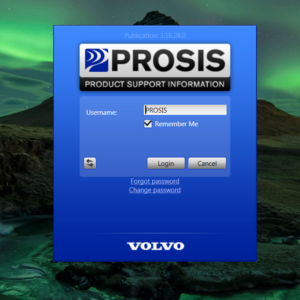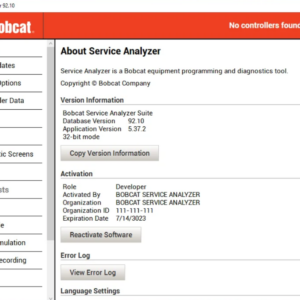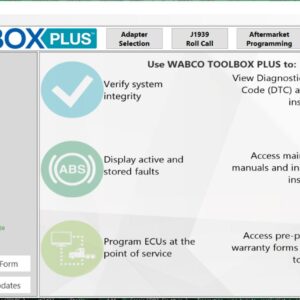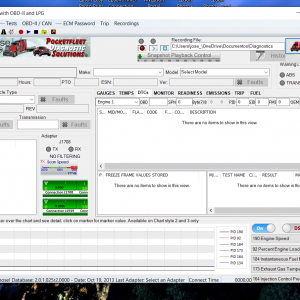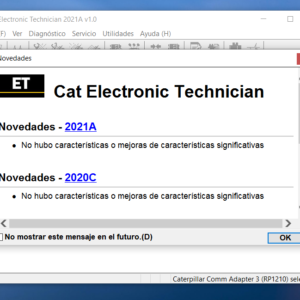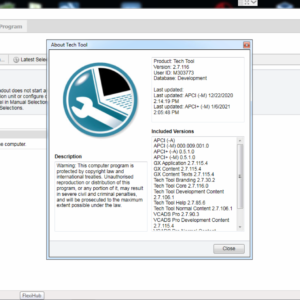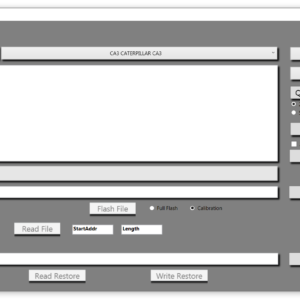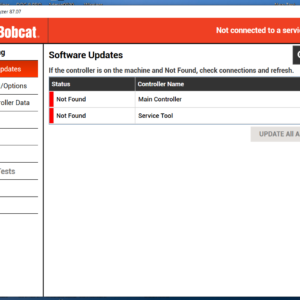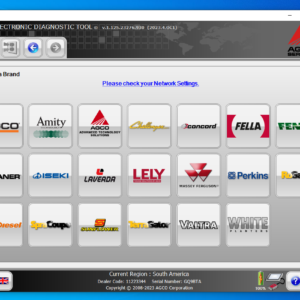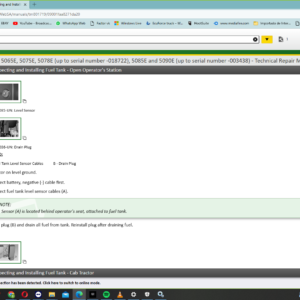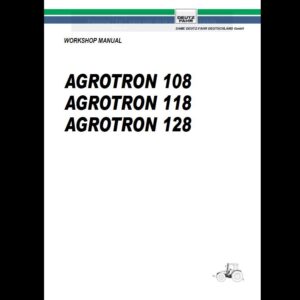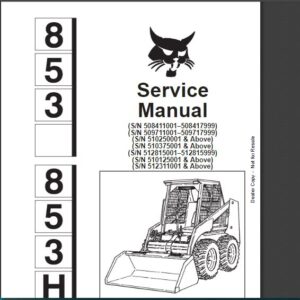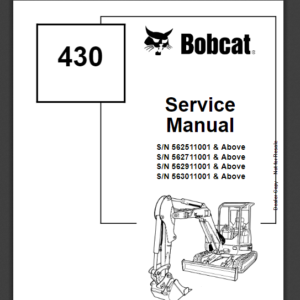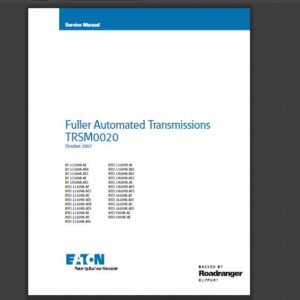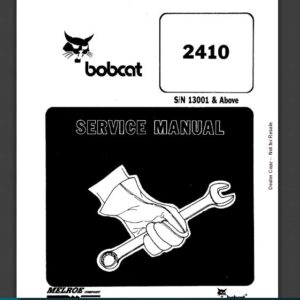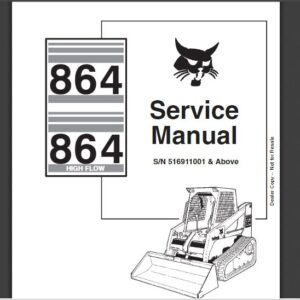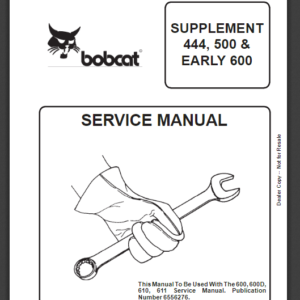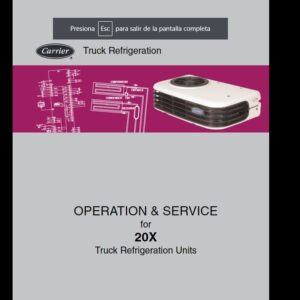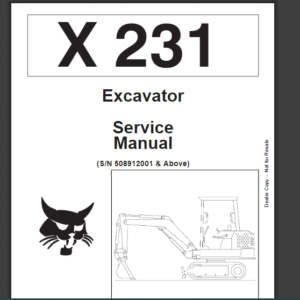Cummins ISX15 CM2250 (2010-12) Fault Code: 3251 PID: SID 326 SPN: 475 FMI: 16 Aftertreatment Diesel oxidation Catalyst Intake Temperature- Data Valid But Above Normal Operating Range- Moderately Severe Level
Circuit Description
The aftertreatment temperature sensors are used by the engine control module (ECM) to monitor the engine exhaust temperatures in the aftertreatment system. The aftertreatment temperature sensors are thermistors and change resistance based on the temperature being measured. The ECM provides a 5 volt reference voltage to the sensor. The ECM monitors the change in signal voltage and converts this to a temperature value.
When the exhaust temperature is low, the sensor or thermistor resistance is high. The ECM signal voltage only pulls down a small amount through the sensor to ground. Therefore, the ECM senses a high signal voltage or a low temperature. When the exhaust gas temperature is high, the sensor resistance is low. The signal voltage pulls down a large amount. Therefore, the ECM senses a low signal voltage, or a high temperature.
Component Location
The aftertreatment DOC intake temperature sensor is located in the aftertreatment system, between the outlet of the turbocharger and intake of the exhaust aftertreatment. Refer to the original equipment manufacturer (OEM) service manual.
Conditions for Running the Diagnostics
This diagnostic runs continuously when the engine is running and active regeneration of the aftertreatment DPF is not occurring.
Conditions for Setting the Fault Codes
The ECM detects that the temperature at the diesel oxidation catalyst intake is greater than 687?C [1269?F] for 60 seconds.
Action Taken When the Fault Code is Active
The ECM illuminates the red STOP ENGINE lamp immediately after the diagnostic runs and fails.
A default value for the aftertreatment DOC intake temperature sensor reading is used.
Active and stationary (parked) regeneration will be disabled.
Engine shutdown will occur 30 seconds after the fault becomes active. In all calibrations, except for emergency vehicle calibrations, engine shutdown will occur after 30 seconds, if engine protection shutdown is enabled or disabled. Engine shutdown will not occur in emergency vehicle calibrations.
Conditions for Clearing the Fault Code
To validate the repair using a Diagnostic Road Test, utilize a route that incorporates both stop-and-go city driving and steady state highway driving. It may be necessary to load the unit for certain diagnostics in the ECM to run.
To validate the repair using a Chassis Dynamometer Test, utilize a routine that incorporates acceleration and motoring events, steady state highway operation, and load. This will simulate normal driving and allow the diagnostics in the ECM to run.
The fault code status displayed by INSITE? electronic service tool will change to INACTIVE immediately after the diagnostic runs and passes.
The ECM will turn off the red STOP ENGINE lamp after the diagnostic runs and passes.
The ?Reset All Faults? command in INSITE? electronic service tool can be used to clear active and inactive faults.
Shop Talk
This fault code is logged when the ECM has detected a high temperature condition in the aftertreatment system and active regeneration of the aftertreatment DPF is not occurring. The fault code indicates that a secondary fuel source is entering the aftertreatment system and is creating a temperature increase across the aftertreatment DOC and/or aftertreatment DPF.
Possible causes of this fault code include:
Excessive engine oil or diesel fuel being introduced into the exhaust system from the engine
A damaged engine fuel injector causing unburned diesel fuel to enter the exhaust system
The aftertreatment DOC intake temperature sensor malfunctioned in-range
The aftertreatment DPF intake temperature sensor malfunctioned in-range
The aftertreatment DPF outlet temperature sensor malfunctioned in-range
An in-range engine sensor malfunction has occurred, causing excessive fuel to enter the exhaust system.
The aftertreatment system must be inspected after making the appropriate repair outlined in this fault code troubleshooting tree. Progressive damage to the aftertreatment system may have occurred. Remove the exhaust aftertreatment system from the vehicle to inspect it for potential damage and reuse. Refer to the original equipment manufacturer (OEM) service manual.
Reference the appropriate OEM wiring diagram when troubleshooting circuits that utilize wiring supplied by the OEM.
For intermittent power supply and data link communication issues with aftertreatment components, it is highly recommended that the OEM power distribution center fuses and relays be thoroughly checked for loose, missing, or intermittent connections.
Possible Cause:
1) ECM calibration
-
Volvo PROSIS Offline 2019 Parts Catalog Installation Service
Trucks software $45.00Rated 0 out of 5
-
Wabco ToolBox plus 13.7 + ECAS CAN2 v3.00 Diagnostics Software
Trucks software $84.00Rated 0 out of 5 -
PF Diagnose 2.0.2.23 Diagnostics Software 2013 – Full Heavy & Medium Duty with OBDII Support – Online Installation Service
PF Diagnose $60.00Rated 0 out of 5 -
CAT ET 2021A (Caterpillar Electronic Technician) + Factory Password (1 PC )
CAT $65.00Rated 0 out of 5 -
VOLVO PREMIUM TECH TOOL PTT 2.7.116 + APCI 2021 + devtool ( ONLINE )
Trucks software $80.00Rated 0 out of 5 -
2021 VOLVO PREMIUM TECH TOOL PTT V2.8.21 VCADS+DEVELOPER TOOL+APCI 2021/09 ( 1 PC )
Trucks software $85.00Rated 0 out of 5 -
JOHN DEERE SERVICE ADVISOR 5.3.225 DATABASE AG + CF ENGLISH 2023
John Deere $250.00Rated 0 out of 5 -
International Truck ISIS – Oncommand Service Information Q4.2020 [04.2020]
Navistar $85.00Rated 0 out of 5
Related products
-
Allison 1000 & 2000 Gen 4 Fault Codes: U1016 Class 2 J1850 (Class 2) Powertrain Controller State of Health Failure
1000 & 2000 Gen 4 $50.00Rated 0 out of 5 -
Allison 1000 & 2000 Gen 4 Fault Codes: P0873 Transmission Pressure Switch Solenoid E Circuit High
1000 & 2000 Gen 4 $50.00Rated 0 out of 5 -
Allison 1000 & 2000 Gen 4 Fault Codes: P0875 Transmission Reverse Pressure Switch Circuit Malfunction
1000 & 2000 Gen 4 $50.00Rated 0 out of 5 -
Allison 1000 & 2000 Gen 4 Fault Codes: U2105 CAN Bus ECM Error
1000 & 2000 Gen 4 $50.00Rated 0 out of 5 -
Allison 1000 & 2000 Gen 4 Fault Codes: P0876 Transmission Reverse Pressure Switch Circuit Stuck Open
1000 & 2000 Gen 4 $50.00Rated 0 out of 5 -
Allison 1000 & 2000 Gen 4 Fault Codes: P1892 Throttle Position Sensor Pulse Width Modulation (PWM) Signal High Input
1000 & 2000 Gen 4 $50.00Rated 0 out of 5 -
Allison 1000 & 2000 Gen 4 Fault Codes: P0218 Transmission Fluid Over Temperature Condition
1000 & 2000 Gen 4 $50.00Rated 0 out of 5 -
Allison 1000 & 2000 Gen 4 Fault Codes: P2810 Solenoid G Electrical
1000 & 2000 Gen 4 $50.00Rated 0 out of 5 -
Allison 1000 & 2000 Gen 4 Fault Codes: U1064 J1850 (Class 2) TBC Controller State of Health Failure
1000 & 2000 Gen 4 $50.00Rated 0 out of 5 -
Allison 1000 & 2000 Gen 4 Fault Codes: P1779 Engine Torque Delivered To TCM Signal
1000 & 2000 Gen 4 $50.00Rated 0 out of 5 -
Allison 1000 & 2000 Gen 4 Fault Codes: U0100 CAN Bus ECM Error
1000 & 2000 Gen 4 $50.00Rated 0 out of 5 -
Allison 1000 & 2000 Gen 4 Fault Codes: U1000 Class 2 Loss of Serial Data Communication
1000 & 2000 Gen 4 $50.00Rated 0 out of 5 -
Allison 1000 & 2000 Gen 4 Fault Codes: P0872 Transmission Pressure Switch Solenoid E Circuit Stuck Closed
1000 & 2000 Gen 4 $50.00Rated 0 out of 5 -
Allison 1000 & 2000 Gen 4 Fault Codes: P0123 Pedal Position Sensor Circuit High Voltage
1000 & 2000 Gen 4 $50.00Rated 0 out of 5 -
Allison 1000 & 2000 Gen 4 P0719 Brake Switch ABS Input Low
1000 & 2000 Gen 4 $50.00Rated 0 out of 5

